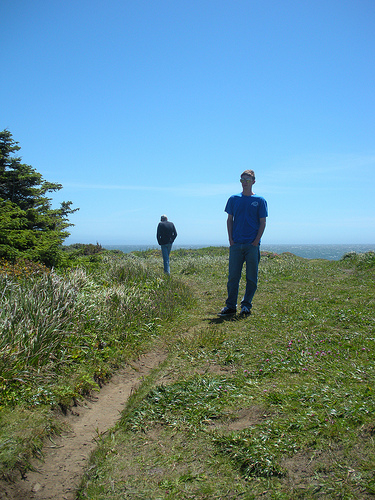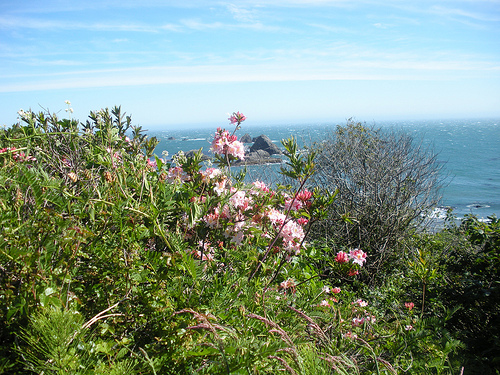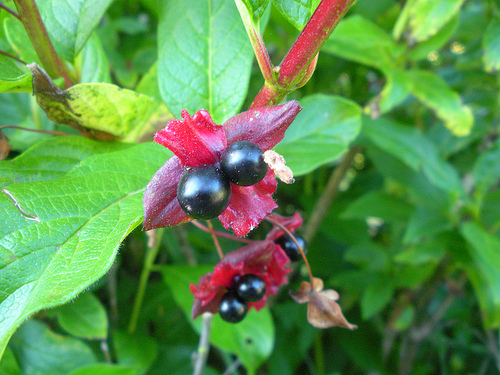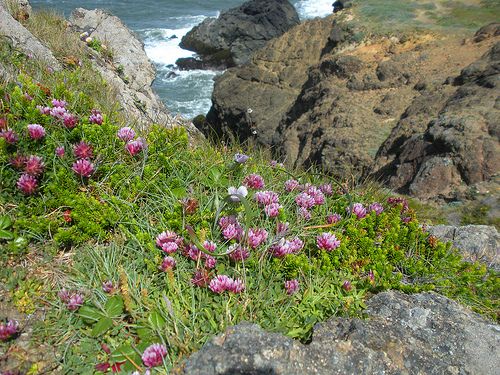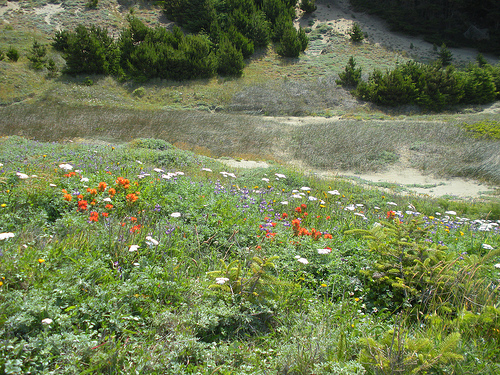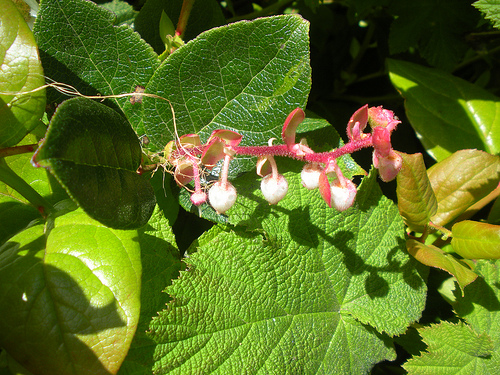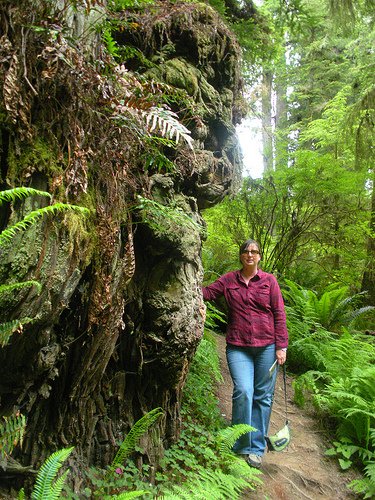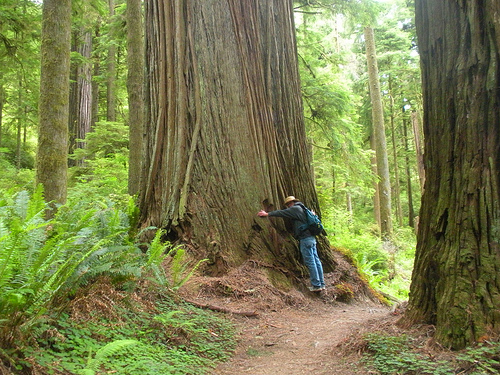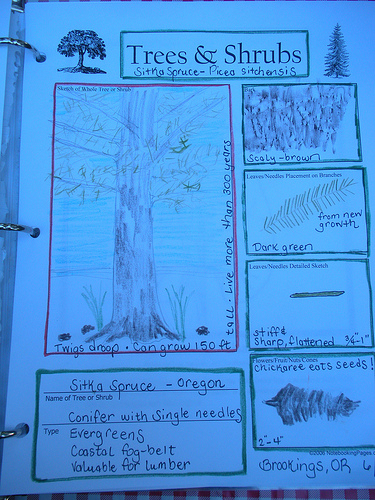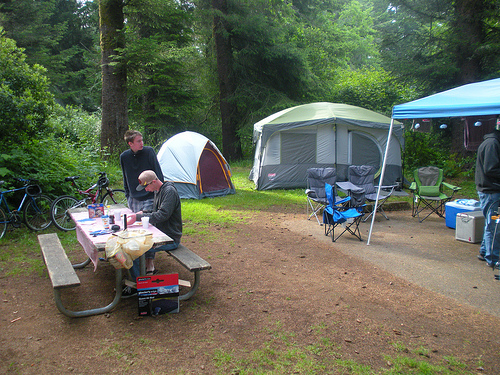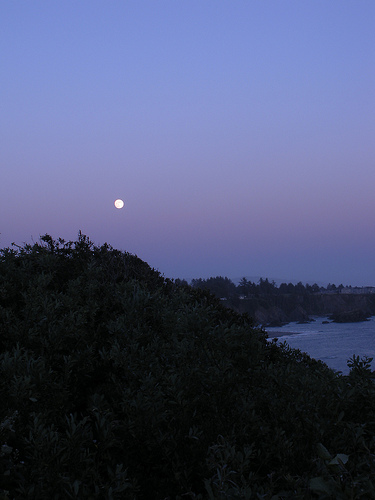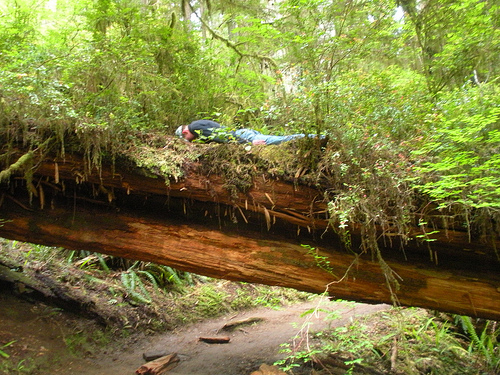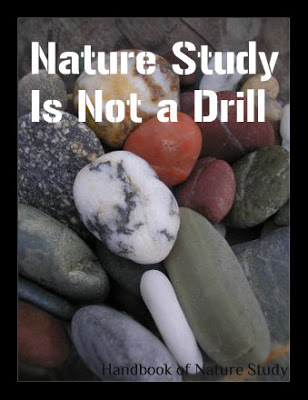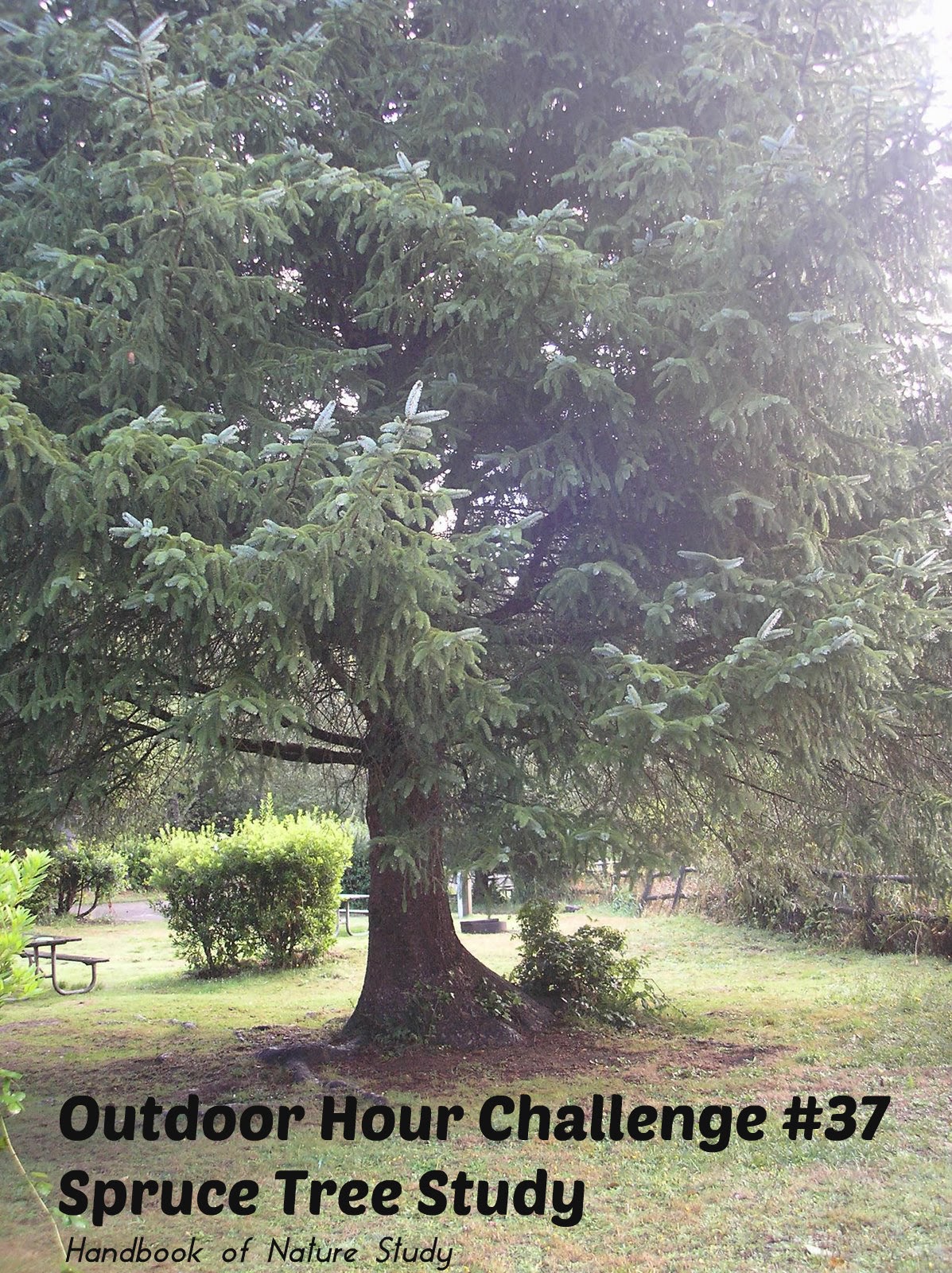Our recent trip to Oregon let us sample the different kinds of beaches there are along this section of the Pacific Coast. The coast of Southern Oregon has become our summer getaway of choice. We enjoy the break from the hot temperatures at home and we cooled off with the misty foggy days of the Oregon summer.
Would you like to see some of the beaches we visited along with some of the treasures we found to observe and record in our nature journals?
Let’s start off with the most southerly location we visited, a little gem of a beach with lots and lots of agates and pebbles, McVay Rock. This has become one of my favorite rock beaches and it has tidepools too! The boys enjoyed searching for the most colorful or interesting rocks. This was a great location to start our Outdoor Hour Challenge on Rocks. Although we didn’t examine any granite, we took advantage of the time to closely examine some other rocks.
On the other side of Brookings, Oregon we spent some time exploring Whaleshead Beach. The sun was out and we walked the sand, climbed over rocks, and watched the sea birds flying.
There were colorful flowers and grasses growing along the rocky cliffs. It hardly seems possible that this dudleya can grow right on the rocks but it does.
This is a close-up of another beach we visited at the Pistol River in Oregon. It was early morning and we had the beach to ourselves. We had to walk over sand dunes and then over a flat area to get to the shore. There were lots and lots of empty shells…the birds must feast here when the time is right.
Here is a view down the beach with the shorebirds in the distance poking their beaks in for a morning meal. We have friends that come here to go clamming but we were just on a refreshing beach walk as we traveled up the coast.
Here is another beach we camped at on our trip, Bullards Beach near Bandon, Oregon. This image is in the evening and if you look closely you can see horses in the distance and a family having a bonfire up sheltered in the pile of driftwood.
Here is another section of the beach early in the morning. Look at all that driftwood!
This is the lighthouse at Bullards Beach and you can see the sandy dunes and grasses that border the actual shore. Behind the lighthouse is the Pistol River outlet which is where all the driftwood comes from during certain parts of the year.
Farther up the coast, we visited Cape Arago and Simpson Reef. It was a wet day but we braved the rain to observe the sea life down on the rocky islands. I had my binoculars and we were able to see sea lions resting on the rocks and in the water.
Rocks and shells are rather difficult to draw in my nature journal. It is an exercise in slowing down and really looking at the object before you put your pencil or pen to the page.
We had a great time looking for rocks on this trip. Not much granite to look at but we did see many things to capture our interest and to look up in our field guides.
Just looking at these photos makes me want to turn around and go back to Oregon.
You can find other rock related challenges here on the Handbook of Nature Study blog.
Quartz Study
Sand and Soil
Salt Study
If you are interested in more of our Oregon Coast adventures, here are some links.
Oregon Coast Trail
Have you seen the new product over at NotebookingPages.com? If you own a Lifetime Membership over on Debra’s website, you can log into your account on NotebookingPages.com and download your set right now. If you aren’t already a member over there, you can purchase the set separately or I would highly recommend a Lifetime Membership so you can access all of the 1000’s of notebooking pages she has to offer. ($4.95 for the set or get started with your membership with $10!)
Please note I am an affiliate for NotebookingPages.com and have used the notebooking pages with my family for years!














